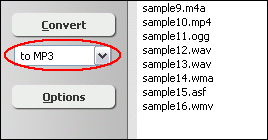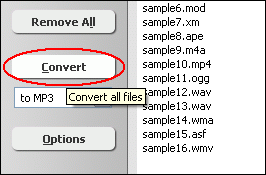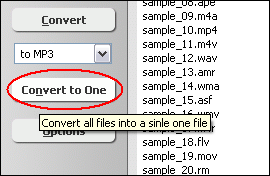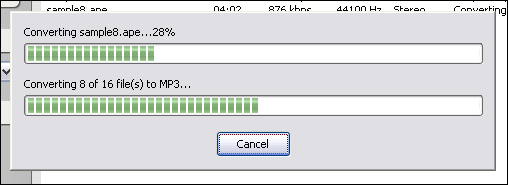MLP to MP3Convert MLP to MP3 in Batch, MLP to MP3 Converter |
 |
| Home | Getting Started | Download | Buy Now! | Screen Shots | FAQ | Support | Contact |
Total Audio MP3 Converter converts MLP to MP3. The software is an ALL-IN-ONE audio converter that supports more than 150 audio and video files. Total Audio MP3 Converter supports batch conversion and is full compatible with Vista and Windows 7.
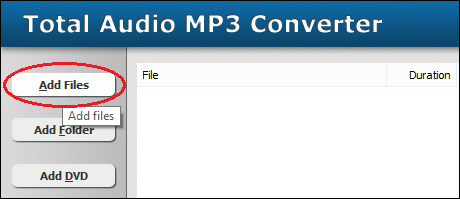 Click on "Add Files" to choose MLP files and add them to conversion list. 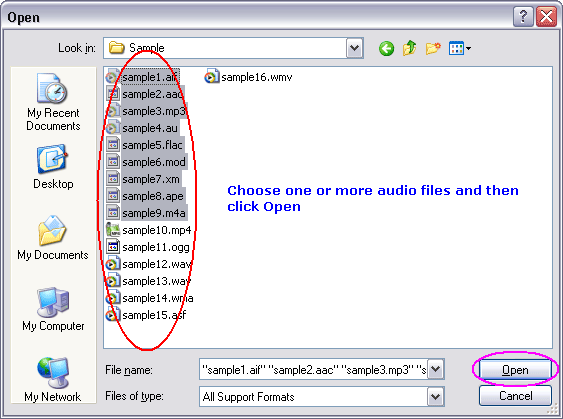 Choose one or more MLP files you want to convert and then click on Open. 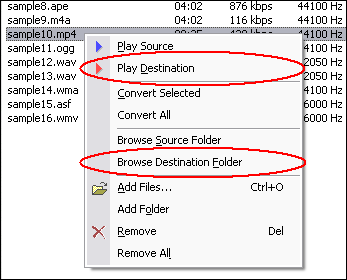 Right-click converted item and choose "Play Destination" to play the destination file, choose "Browse Destination Folder" to open Windows Explorer to browse the destination file. Total Audio MP3 Converter is 100% clean and safe to install.
It's certified by major download sites. What is MLP? The MLP is used by Meridian codec. Audio compression used on DVD video discs. MLP performs lossless compression of up to 63 audio channels including 24-bit material sampled at rates as high as 192kHz. Lossless compression has many applications in the recording and distribution of audio. In designing MLP we have paid a lot of attention to the application of lossless compression to data-rate-limited ransmission (e.g. storage on DVD), to the option of constant data rate in the compressed domain and to aspects that impact on mastering and authoring. MLP was targeted to provide:
MLP provides for up to 63 channels, but applications tend to be limited by the available data rate. To aid compatibility, MLP uses a hierarchical stream structure containing multiple substreams and hierarchical additional data. With this stream structure decoders need only access part of the stream to playback subsets of the audio. Suitable use of the substreams also allows 2-channel compatibility; a low-complexity decoder can recover a stereo mix from a multichannel stream. Figure 1 gives an overview of the process of losslessly compressing a stream containing multiple audio channels and auxiliary data onto a disc. What is MP3? MLP to MP3 Related Topics: KAR to MP3, M1A to MP3, M1V to MP3, M2A to MP3, M2TS to MP3, M2V to MP3, M4B to MP3, MJ2 to MP3, MKA to MP3, MLP to MP3, MP1 to MP3, MPG to MP3, MPGA to MP3, MTS to MP3, MTV to MP3, MXF to MP3, NSA to MP3, NSV to MP3, NUT to MP3, NUV to MP3, OGM to MP3, OGV to MP3, OMA to MP3, RMVB to MP3, ROQ to MP3, RPL to MP3, SDP to MP3, XA to MP3, XVID to MP3, 3GP to MP3, AVI to MP3, AAC to MP3, AC3 to MP3, ADX to MP3
|
| Home | Getting Started | Download | Buy Now! | Screen Shots | FAQ | Support | Contact | Links |
| Copyright © 2006-2017 Hoo Technologies All rights reserved. Privacy Policy |
